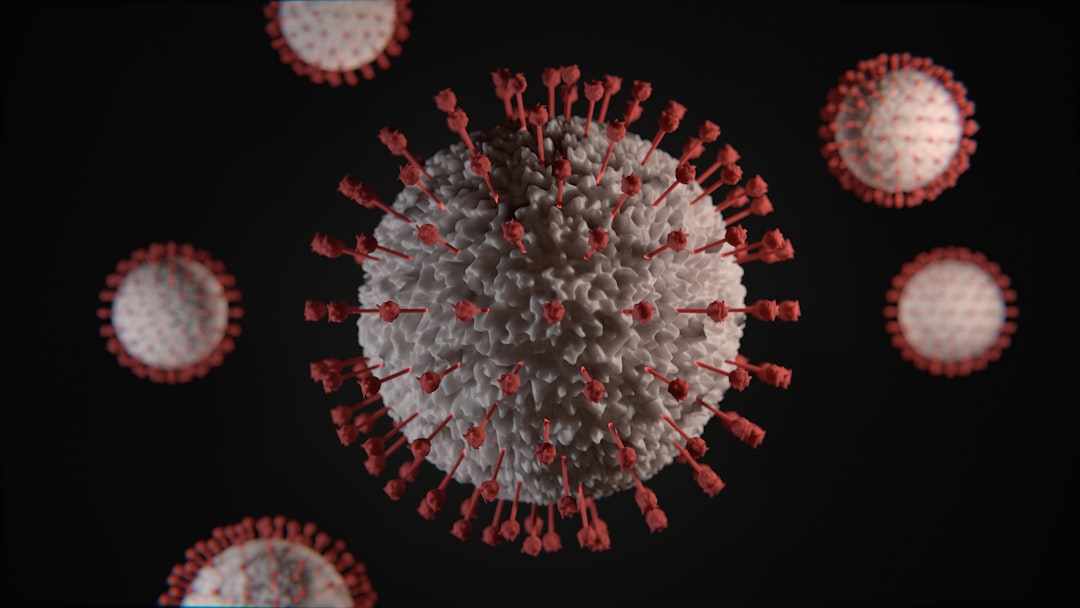What is it about?
Vaccines are key to fighting infectious viruses. But, vaccines against some diseases haven't been designed yet. There are many biotechnology tools for the development of vaccines. But, traditional ways of developing vaccines are slow. They cannot cope with emergencies like the COVID-19 pandemic. During a pandemic, we may need to test multiple vaccines in simultaneous clinical trials. The capacity to manufacture vaccines must also be increased quickly. All this must be done even before the vaccine is approved for use. In this article, the authors dive deep into how vaccines are discovered. They also describe the different types of vaccines and how they work. The effectiveness of a vaccine also depends on how it is delivered into the body. So, the authors have also described the latest technologies for vaccine delivery.
Featured Image

Photo by Braňo on Unsplash
Why is it important?
Normally, vaccine development is a slow process. It can take decades for a potential vaccine to receive approval for use. But that does not work in extreme situations like pandemics. Experts predict that more pandemics are on their way. We urgently need to develop ways for faster and better vaccine development. This description of the latest research in the field provided in this study sheds light on how to proceed. KEY TAKEAWAY: Vaccine development is the best solution to public health emergencies like the COVID-19 pandemic. If we can develop vaccines more quickly and competently, we will be better prepared to face future pandemics.
Read the Original
This page is a summary of: Engineering Antiviral Vaccines, ACS Nano, October 2020, American Chemical Society (ACS),
DOI: 10.1021/acsnano.0c06109.
You can read the full text:
Resources
Exploring possible drug target sites in the novel Coronavirus structure
Developing new drugs is difficult and expensive. Here's how scientists are using computer modelling to speed up the process.
A new sensor that speeds up COVID-19 diagnosis and may be useful for other viruses
The heat and light monitoring sensor is a reliable and cost-effective tool for diagnosing COVID-19. It is sensitive enough that it may also make it easier for us to distinguish the COVID-19 virus from other viruses.
Contributors
Be the first to contribute to this page










